
Business
14:46, 07-Dec-2018
Real Time China - Northeast Revitalization
Updated
14:18, 10-Dec-2018
CGTN's Guan Yang
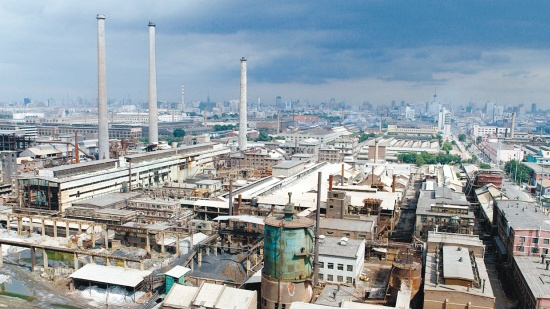
Since 1978, when the reform and opening up policy began bringing China in line with the global economy, coastal provinces like Guangdong and Zhejiang have set the example of how the economy can take off significantly with the unprecedented policy tools.
Whereas in China's northeast the situation was slightly different. Once dubbed as the heartland of an industrial, modern socialist region, the three northeastern provinces have fallen behind the rest of the country on many measures of economic, social and environmental well-being.
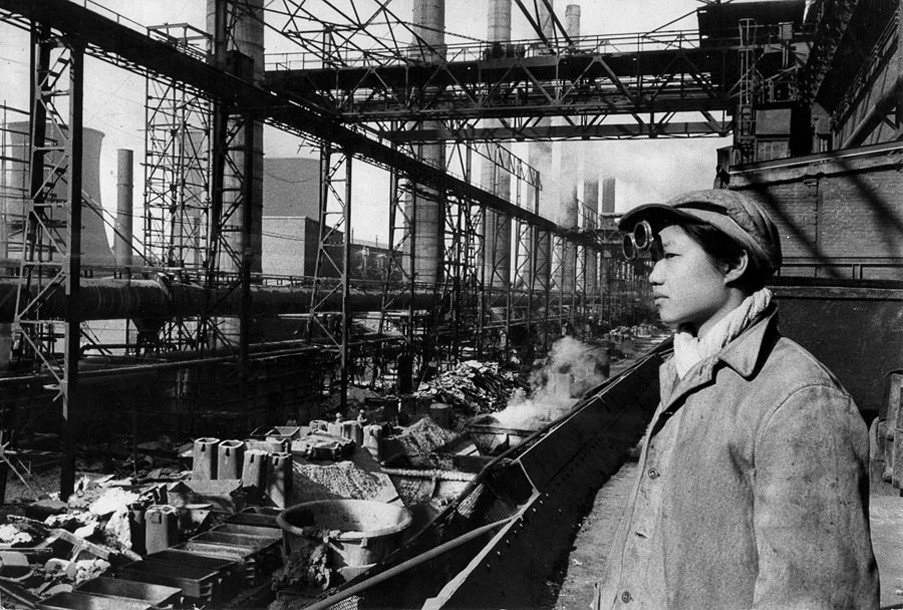
A female worker in Ansteel, one of the largest State-Owned Enterprises in China's northeast in the 1950s. /Photo by Ansteel Group
A female worker in Ansteel, one of the largest State-Owned Enterprises in China's northeast in the 1950s. /Photo by Ansteel Group
Since 1978, when the reform and opening up policy began bringing China in line with the global economy, the region's GDP as a percentage of the national total has plummeted significantly, numerous factors have contributed to the region's decline.
For instance, most of the manufacturing companies in the northeast were state-owned enterprises. No matter how poorly managed or how large their deficits were, they were kept alive by the government investments, because of the legacy of a Soviet-style planned economy. Whereas the private sector and service industry, despite being the real sustainable growth points cannot compete with those SOEs both regarding market share and attracting investments.
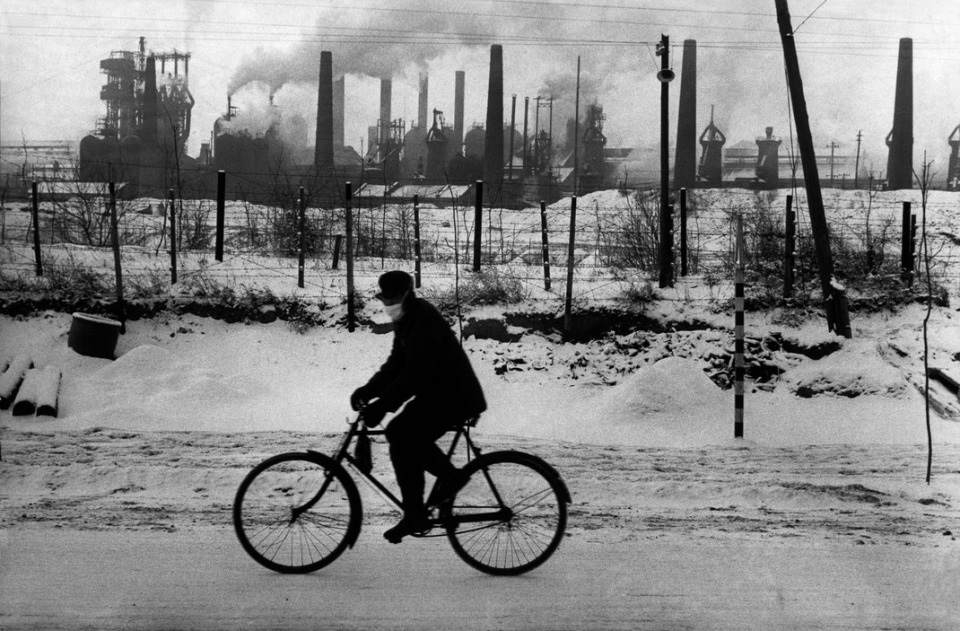
State-owned steel factory in the city of Anshan in the planned economy era /Photo by Ansteel Group
State-owned steel factory in the city of Anshan in the planned economy era /Photo by Ansteel Group
As China was once abundant in oil, coal, iron ore and timber, the abundant natural resources caused dependence on the region's long-term resource-oriented development, so when the depletion of natural resources was knocking at the door, other options of growth and innovation capacity were minimal.
All these factors made the economic revival in northeast China an uphill battle while the coastal and southern parts of China became the growth engines of the country's economy through four decades of reform and opening up.
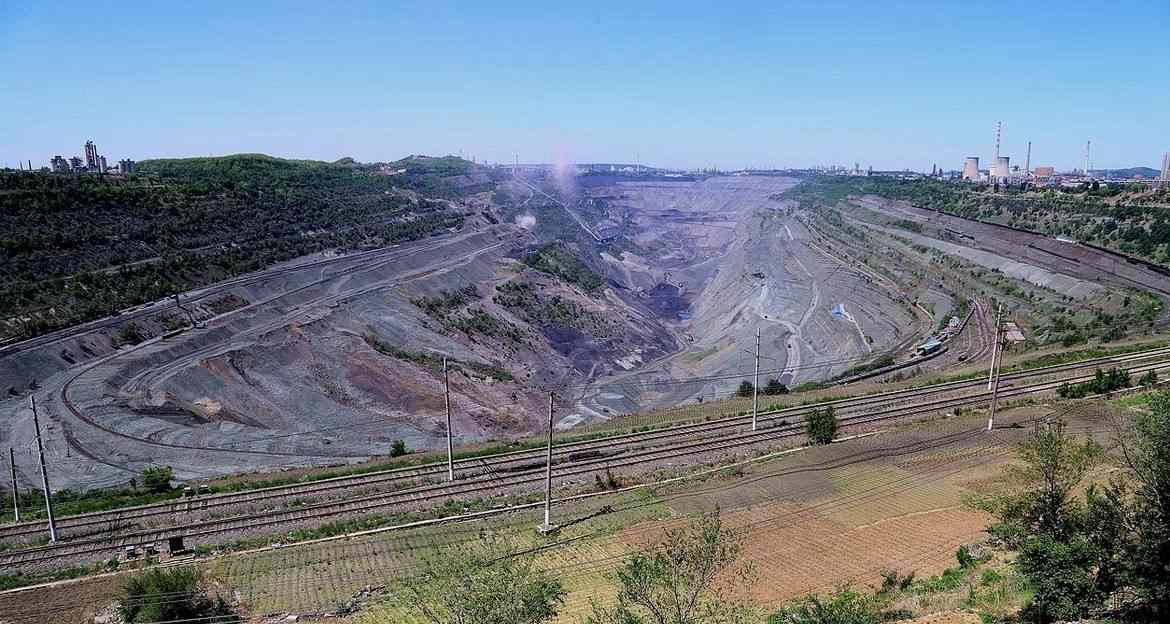
The depleted open coal mine in the city of Fushun. / Photo by Fushun Mining Group
The depleted open coal mine in the city of Fushun. / Photo by Fushun Mining Group
As the situation kept deteriorating in the early 21st century, the central government implemented a series of plans to tackle these problems. In 2003 for instance, Beijing adopted the Northeast Area Revitalization Plan. It aimed to improve the effectiveness of SOEs and to develop new industries. Across the region, old factories were pulled down, new buildings sprang up, industrial facilities were upgraded, and infrastructure greatly improved. The slogan of “Northeast China Revitalization” has been in place ever since.
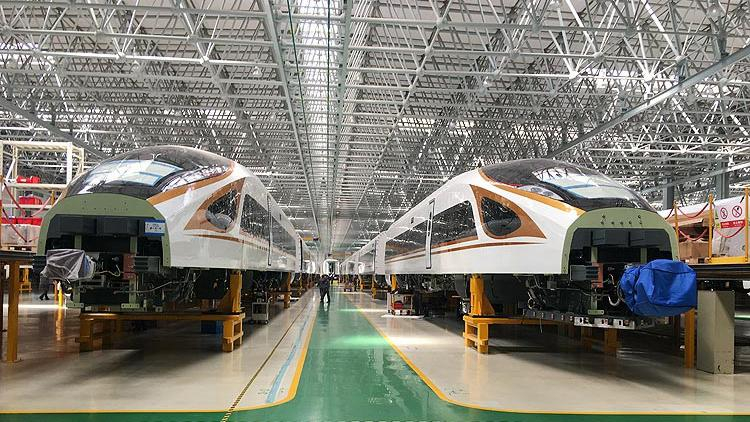
Bullet train plant in Changchun, Jilin Province. /CGTN photo
Bullet train plant in Changchun, Jilin Province. /CGTN photo
Brilliance Auto Group, an icon SOE of Shenyang signed a deal with German car-maker BMW back in 2003, for the production of BMW-branded cars in China. After 15 years' partnership with BMW, this SOE has absorbed foreign technology, most importantly the operational standards and business orientation in a market economy, the company put an end to those days of rebadging and relaunching versions of old foreign vehicles by building new car models all on its own. Also, promoting mixed ownership and implementing the supply-side reform have been the buzzwords for the region's SOEs in recent years.
During President Xi Jinping's visit to the three northeastern provinces this September, he stressed that the state-owned enterprises play an irreplaceable role as the strength for the nation to count on. SOEs should make reforms and innovation constantly improve and develop themselves. Also, the region should further integrate with the construction of the Belt and Road Initiative towards new heights in opening up.
People here in northeast China hold on to the beliefs that with the right reform tools and supports, the region can reclaim its economic dynamism in the days to come.
(The top photo is taken by Shenyang Daily Newspaper.)

SITEMAP
Copyright © 2018 CGTN. Beijing ICP prepared NO.16065310-3
Copyright © 2018 CGTN. Beijing ICP prepared NO.16065310-3